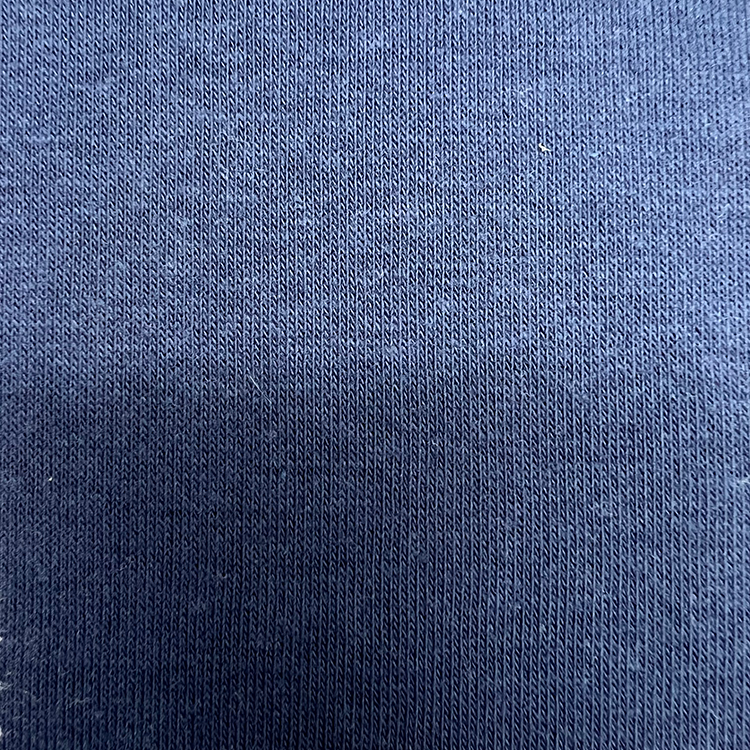In the management of stock clothing fabrics, raw material inspection is a key link to ensure the quality of the final product.Effective raw material inspection can identify potential problems, reduce defects in the production process, reduce costs, and improve customer satisfaction.
When selecting a fabric supplier, a thorough audit should be conducted to understand its production capacity, quality management system, and past performance. Choosing a supplier with credibility and stable quality can reduce the occurrence of quality problems at the source. Make sure to sign a detailed purchase agreement with the supplier, including terms such as quality standards, delivery time, quantity, and price, for subsequent management and inspection.
When the fabric arrives, first conduct an appearance inspection to observe whether the color of the fabric is uniform and whether there is color difference. Color difference affects the aesthetics of the finished product, so it needs to be strictly controlled. Check the texture and feel of the fabric to ensure that it meets the design requirements. For example, some high-end clothing may require the fabric to have a specific gloss or softness.
Evaluate the strength and durability of the fabric through tensile testing, tearing testing, etc. Qualified fabrics should be able to withstand a certain amount of tension and friction to ensure reliability during use. Shrinkage test the fabric to determine its stability after washing. Excessive shrinkage may result in inappropriate finished product size.
Test the color fastness of fabrics, including color fastness under different environments such as washing, friction, and sunlight, to ensure that they will not fade in actual use. Test the fabrics for harmful substances such as formaldehyde, heavy metals, and pH value to ensure that they meet national and international safety standards to protect the health of consumers.

When entering the warehouse in large quantities, random sampling is used for quality inspection. The number of samples and the sampling ratio should be determined according to the order size and fabric type. Detailed records are kept for each batch of samples, including sampling date, test results, inspection personnel and other information, to facilitate subsequent tracking and quality analysis.
Establish a defect recording system to promptly record various problems found during the inspection process for subsequent analysis and improvement. If problems are found, they should be fed back to the supplier in a timely manner and asked to make corrections. At the same time, communicate with the supplier regularly to ensure that they understand and can meet the quality requirements.
Properly store the fabrics that have passed the inspection to avoid deterioration of the stock clothing fabrics due to moisture, direct sunlight or other improper conditions. For fabrics that have been stored for a long time, re-inspect them regularly to ensure that their quality has not changed during storage.
Raw material inspection is an important part of the quality control of inventory clothing fabrics, involving supplier selection, appearance inspection, physical and chemical performance testing, etc. Strengthening all aspects of raw material inspection will lay a solid foundation for the sustainable development of enterprises.

 English
English Français
Français




